Key upgrades to your HTC Vive setup that won’t break the bank
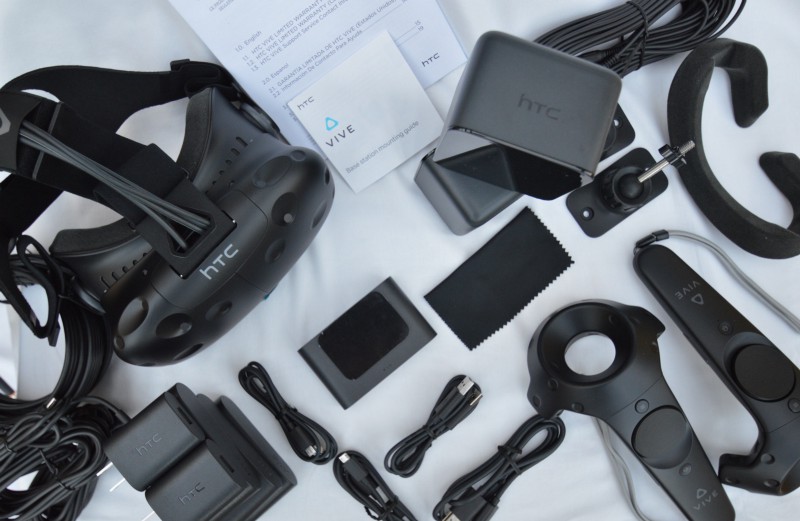
With the news last week that HTC is now shipping its Vive headsets within 72 hours of an order being placed, it seems like a good time to get into some detail about setup, and to recommend some accessories to help round out your VR space.
For our VR Lab, we have prioritized portability and quick setup/breakdown. Portability may seem like less of a factor for home installations, but frankly, just about everyone we have encountered with a Vive rig has ended up moving it more than they expected, often lugging their rigs to homes, meetups, and classrooms in order to demonstrate (rather than struggle to describe) what is so compelling about VR. The following accoutrements have proven invaluable here at TurboSquid as we have set up our three Vive room-scale pods, as well as a couple of others at the homes of our staff.
The PC
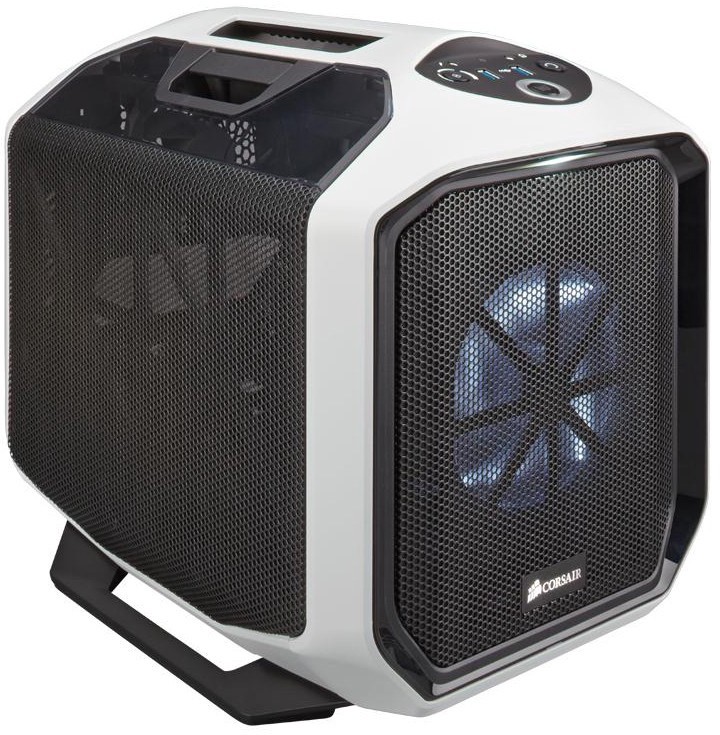
Corsair Graphite Mini-ITX
When choosing a case for the Vive PC, we decided early on that it needed to be reasonably rugged and easily carried with one free hand. There aren’t a lot of cases out there that can hit those marks, but the Graphite sports a beefy handle and rigid chassis, while keeping the build process fairly painless with broad, removable side panels. It’s available in a variety of colors, but we had to go with Aperture Science White.
$147.16 on Amazon
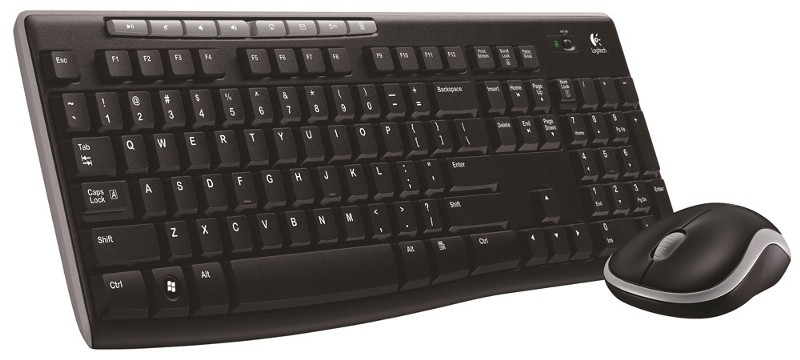
Logitech Wireless Keyboard/Mouse Combo
You can get by without wireless PC input, but at under $30, you should seriously consider unshackling yourself from the physical location of your CPU, especially if you intend to use a large, wall-mounted screen as your primary monitor.
$24.95 on Amazon
The Headset
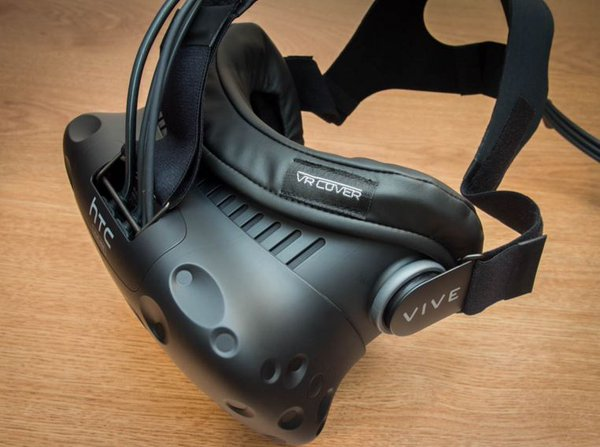
VR Cover
The product of a predictably successful Kickstarter, VR Covers are washable covers for the Vive facial interface. Anyone who has lived with a Vive for more than a week knows that the included foam interfaces can get funky and the porous foam leaves few nondestructive approaches to cleaning. The situation is a bit gross, frankly— especially if you demo to the public. VR Covers come in two fabric options: one a soft cloth, and the other a non-porous, kid-like material that is ideal for a quick wipe-and-dry between sessions.
$19.00-$29.00 from VR Cover
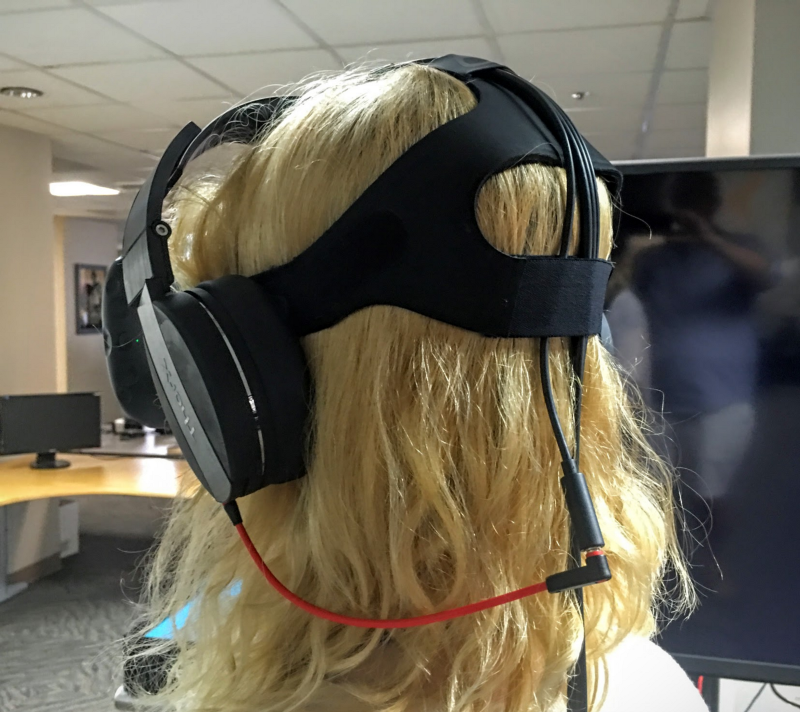
Sentey ThorX Headphones + Seadream Short Cord
If you have money to burn, then by all means, go wireless for VR audio. If you want to shave hundreds off of your kit, however, a pair of ThorX headphones and a short connector cable are a great alternative. These headphones sound amazing and cost peanuts compared to wireless sets of similar quality. They ship with a long removable cord that we quickly ditched in favor of these unobtrusive Seadream 1/8″ bridges.
ThorX Headphones $29.97 from Amazon
Seadream Connector cords $7.49 a pair from Amazon
Mounting the Lighthouse Base Stations
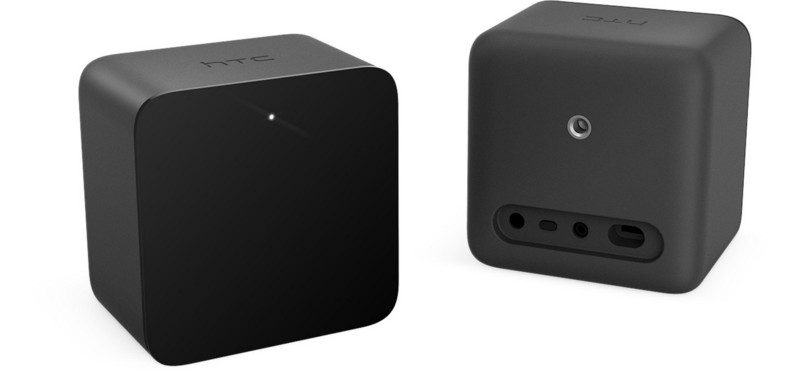
Mounting the Vive’s laser-emitting base stations can be a delicate dance. There’s some impressive, yet sensitive tech packed into these little boxes. As of this writing, HTC is still not selling spares, so ensuring the stable and safe mounting of these units is critical. HTC has helpfully included a pair of standard 1/4″ photographic screw mounts on each unit, making it possible to use any number of third-party mounting devices. Here are some things to consider:
Stability
The Lighthouse base stations must remain in exactly the same position they were in when the Room Setup routine was completed from the SteamVR app on your PC, otherwise, the HMD and controllers will fail to accurately report their position within the play space. Also, any movement of these units while their internal mirrors are powered up and spinning can result in enough torque offset to do physical damage to the internal mechanics. It will also be critical to prevent these units from being accidentally bumped when powered up. For those who might be wearing the HMD when a base station is bumped, the results can be extremely jarring.
Portability
Even if you never intend to move your Vive play space to another location, we cannot recommend using the included mounting assemblies or any other screw-into-the-wall solution. In our experience, we have frequently found it necessary to make small adjustments to the locations of the base stations, trying out various positions that can differ by as much as a foot or more. Obviously, drilling holes is not ideal, and fortunately, the commercial photography industry has devised some clever approaches to non-destructive mounting.
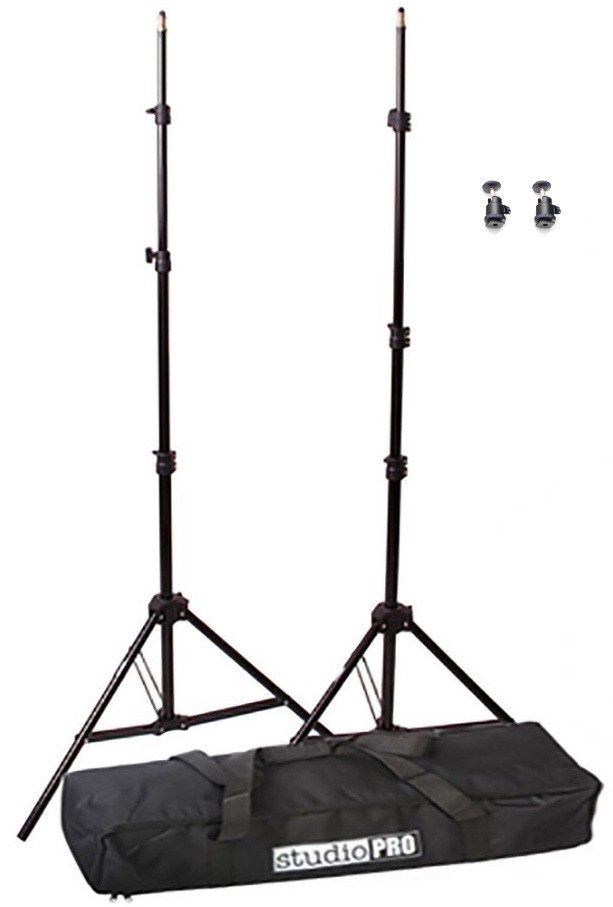
Remember: the ball-head adapters on the right are purchased separately.
StudioPRO Stands + Esonstyle Ball Adapters
Without question, light stands are the most flexible—and the most popular—solution to portable Lighthouse mounting, and you don’t need to spend much to get something stable and reliable. That said, light stands are not without their drawbacks, being easy to accidentally bump, and also requiring a couple of feet of precious floor space to accommodate their footprint. These stands are just $37.99 from Amazon for the set of two, and the necessary ball adapters are $6.29 apiece, also on Amazon.

SLFC Tripod Clip Mounts
These clips were a godsend for home installation. We were able to solidly clip these to the framing of a couple of tall windows– in what used to be our dining room– in order to achieve solid mounting without ceding valuable floorspace to easily-bumped light stands.
$9.89 from Amazon
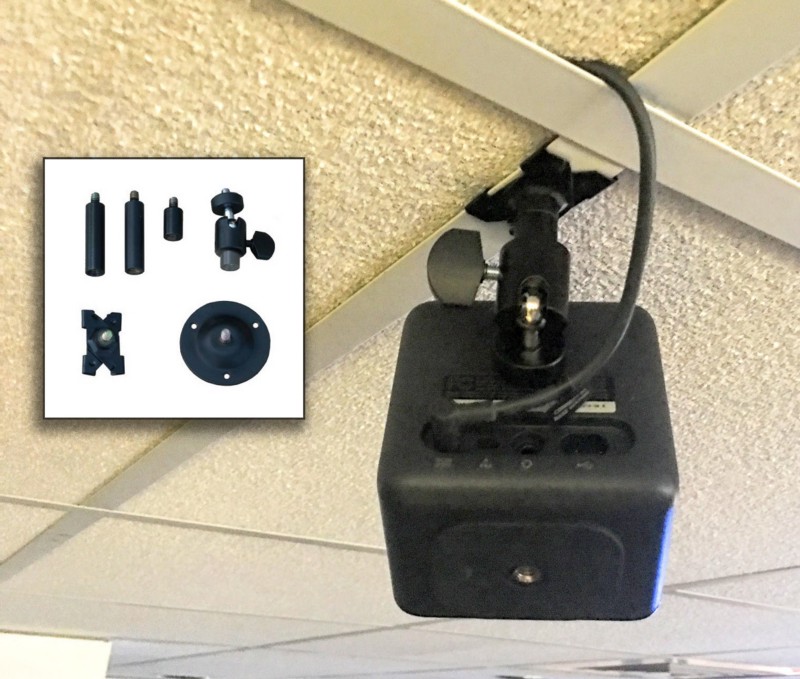
VideoSecu Ceiling Mounts
If you happen to have standard suspended ceilings, this kit is what you want. It includes a little clip that scissors into place over a strut, letting you attach the included ball socket mount at a variety of offsets. Set it to the shortest arm length that you can get away with, in order to minimize any structural shake.
$14.99 from Amazon – pack includes two complete units
Outfitting the Vive Room

3M Painter’s Tape, Advanced Delicate Surface
We can’t stress enough how important it is to visibly mark off your play space. While the Chaperone System is critical tech in making sure you don’t slam your Vive controller into the wall, basic painter’s tape is critical tech for those in the real world trying not to loose their teeth to your controller as you trace out huge ribbons from Tilt Brush’s Hypercolor brush.
$5.83 from Amazon

XCSOURCE® 90 degree Laser Projection
While this is far from a must-have for most, for those working on mixed-reality projects, a pair of these units is a great help for quickly hashing out rectangular spaces within one’s play space, in order to accurately position physical objects that correspond to virtual ones.
$11.99 from Amazon – each. You will want a pair.
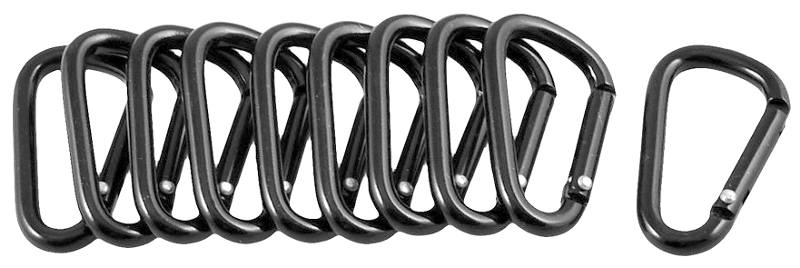
Uxcell Black D Carabiners
These are another niche case, but if you live in New Orleans, as we do, these are quite handy. Here, and in other older Southern cities, even the more modest apartments will often feature chandeliers and other light fixtures suspended on long chains from a tall ceiling. Raising these fixtures above controller-swing-range and above the line-of-sight requirement of Lighthouse Base Stations is important, and gathering a fold of the chain and then clipping non-adjacent links together with a small carabiner does the trick easily and nondestructively.
$4.67 from Amazon

The Vive Box Top
The surprise hero of the included Vive accessories turned out to be the top of the box. With an area sufficient to hold the HMD, controllers, and headphones safely within its walls, cushioned by a floor of waffled foam, this box top is the perfect caddy for your kit. All too often we end up groping for something while blinded by our HMD, so having a low wall around the home-base of our accessories keeps things from accidentally getting knocked to the ground. Pro tip: Keep the box top taped to a waist-high utility table and always keep it positioned in the same place in relation to your play area. This will quickly make access to it– even when blind– a matter of intuitive muscle-memory.
Matthew Hales is VP of Immersive Technology and a founding member ofTurboSquid, and directs TurboSquid’s Virtual Reality Lab, focussing on VR, AR, photogrammetry and other immersive technologies.

